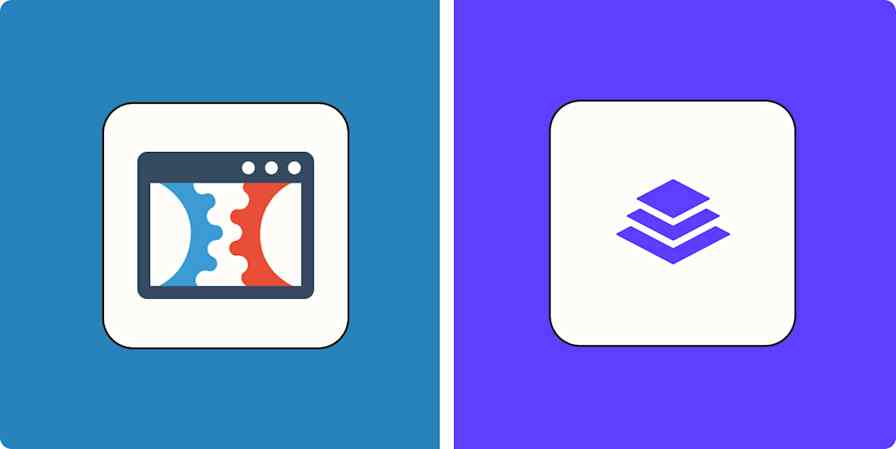Business tips
9 min readThe Marketing Funnel Guide: How to Qualify Leads and Turn Them Into Customers
By Matthew Guay · April 24, 2018

Get productivity tips delivered straight to your inbox
We’ll email you 1-3 times per week—and never share your information.
tags
Related articles
Improve your productivity automatically. Use Zapier to get your apps working together.








